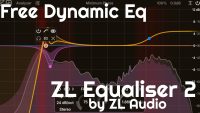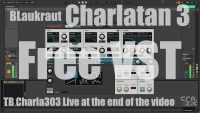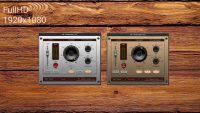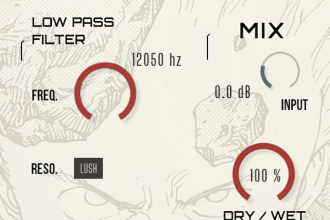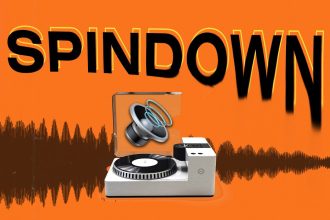Bringing Classic Synths Back to Life
The world of music production is in constant evolution, yet producers still crave the warm, unmistakable sound of vintage synthesizers. Unfortunately, many legendary hardware units are rare, expensive, and difficult to maintain. This is where the DSP56300 Emulation Project steps in — a groundbreaking initiative that recreates iconic synth engines through software emulation.
If you’ve ever dreamed of running a Virus TI or other DSP-based classics directly on your computer, this project might be exactly what you’ve been waiting for.
What Is the DSP56300 Emulation Project?
The DSP56300 Project is an open-source community effort focused on emulating the Motorola DSP56300 chip. This chip powered many of the most famous synthesizers of the late ’90s and early 2000s, such as the Access Virus series, and was central to the sound design of an entire generation of electronic music.
By reverse-engineering the DSP code and making it run on modern computers, developers have created a way to revive these legendary machines without needing the original hardware.
👉 Learn more on the official website: DSP56300 Emulation Project
Why Emulate Hardware Synths?
Hardware synthesizers carry a unique character. Their quirks, limitations, and imperfections often inspire creativity in ways that modern “perfect” plugins cannot replicate. However:
- Cost – Vintage gear can cost thousands of dollars.
- Maintenance – Old hardware often requires repairs, spare parts, and regular servicing.
- Portability – Taking hardware on the road is not always practical.
With the DSP56300 Emulation Project, you get the authentic digital engine of those classic synths, running natively on your DAW, without the costs or headaches of hardware ownership.
Supported Synths and Progress
The community around this project is constantly expanding compatibility. At the moment, some of the most notable emulations include:
- Access Virus B / C / TI – Known for its rich pads, aggressive leads, and cutting-edge digital textures.
- Other DSP56300-based instruments – With ongoing research, more synths using the Motorola chip are expected to follow.
The results are remarkably accurate, capturing not only the sound but also the feel and workflow of the original hardware.
👉 For development updates, check the project blog.
Installation and Getting Started
Setting up the DSP56300 emulator requires a bit more effort than downloading a standard VST plugin, but the payoff is worth it. Here’s a quick overview:
- Visit the DSP56300 WordPress site for guides and downloads.
- Follow the step-by-step instructions to install the emulator.
- Load the ROM image of the synth you want to run (legally, you must own the hardware to extract these).
- Integrate it into your DAW for use in your productions.
Once running, you’ll have access to the exact same DSP algorithms used in the original hardware.
Why This Project Matters to Producers
For electronic musicians, sound is everything. Emulating the DSP56300 allows a new generation of producers to experience the synths that shaped trance, techno, and progressive music in the early 2000s.
This is not just nostalgia — these emulations provide:
- Authenticity – Real DSP code, not modeled approximations.
- Accessibility – A way for anyone to experience iconic synths without spending thousands.
- Preservation – Keeping legendary instruments alive for future generations of musicians.
Final Thoughts
The DSP56300 Emulation Project is more than just a technical achievement — it’s a gift to the music community. By preserving and reviving the sound of classic DSP hardware, it ensures that the legacy of synths like the Access Virus continues to inspire.
If you’re a producer seeking authentic digital hardware tones without the limitations of physical machines, this project is absolutely worth exploring.
👉 Dive deeper and follow the progress here: DSP56300 Project Official Site
![]()






